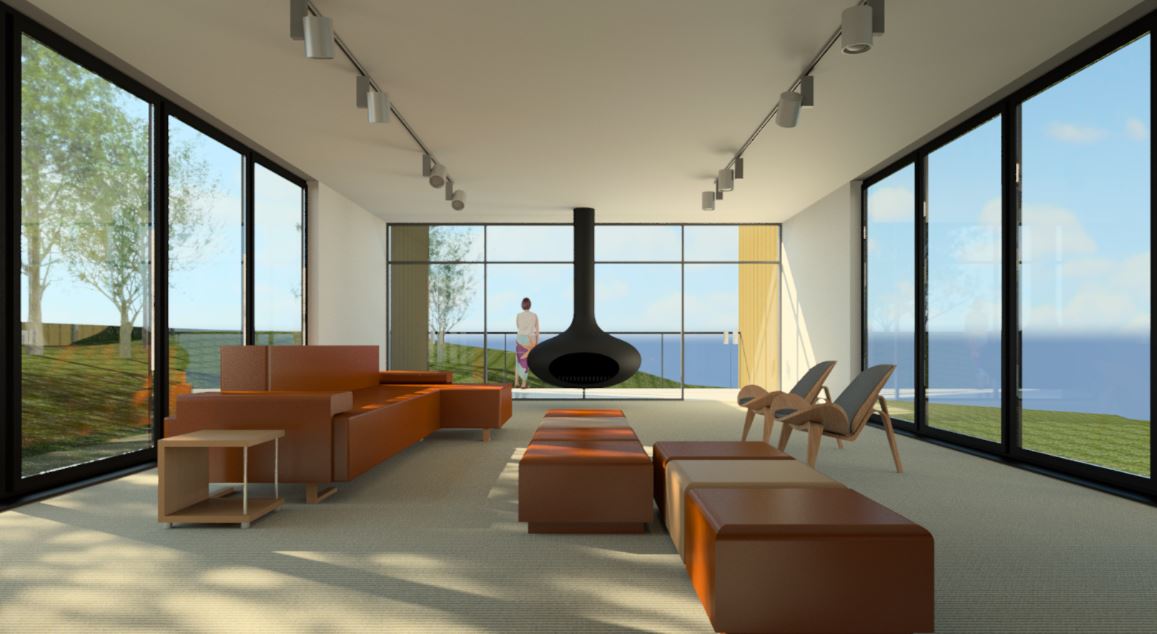Ultimate Guide and Tutorial for Revit Cloud Rendering
Introduction to Cloud Rendering for Revit
Cloud rendering transforms Revit projects by leveraging powerful remote servers, enabling architects and designers to produce high-quality visualizations without the need for high-end local hardware. This method not only accelerates the render process but also enhances collaboration by allowing teams to access and share render jobs from anywhere, at any time. As the demand for more complex and detailed designs grows, the ability to render large files quickly and efficiently in the cloud has become indispensable for staying competitive in the architecture and design industry.
Preparing for Cloud Rendering in Revit
Successful cloud rendering starts with a well-prepared Revit model. Users should focus on optimizing their 3D views, ensuring that lighting and materials are set up realistically to achieve the desired quality in the render output. Autodesk provides detailed guidance on setting up your project for cloud rendering, including how to choose the right settings and optimize your file for the best balance between render quality and speed. Additionally, understanding how to manage cloud credits or tokens effectively can save costs while maximizing render outputs.
Autodesk Rendering for Revit: A Detailed Overview
Key Features of Autodesk Rendering
Autodesk Rendering offers a robust set of features tailored for Revit operators, enabling the creation of photorealistic images and videos. Key features include the ability to produce high-resolution renders, panoramic views, and sophisticated solar studies. These capabilities are supported by a physically based resource library, which includes high-resolution textures that significantly enhance the realism of renders. Accessibility is a major advantage, as renders can be initiated directly within Revit and accessed from the Autodesk gallery, making the process seamless and integrated.
Accessing and Utilizing Autodesk Rendering
Access to Autodesk Rendering is available to subscribers of Autodesk’s suite of design software. This integration ensures that Revit users can easily transition from design to render without leaving their workflow environment. Starting a render is as simple as selecting the appropriate view within Revit and choosing the cloud rendering option. For users new to cloud rendering, Autodesk provides extensive resources, including how-to videos and step-by-step guides, ensuring that even beginners can achieve professional-quality renders with ease.
Chaos Cloud’s Revolution in Revit Rendering
Introduction to Chaos Cloud for Revit
Chaos Cloud offers a streamlined cloud rendering service specifically designed for Revit users through its integration with V-Ray. This service simplifies the render process, allowing for renders to be submitted directly from the Revit interface with just a few clicks. The platform is designed to handle everything automatically, from licensing and scene upload to virtual machine setup, making it an attractive option for users looking for an efficient and user-friendly rendering solution.
Exclusive Features of Chaos Cloud
Chaos Cloud introduces several innovative features aimed at improving render efficiency and user experience. Smart Sync minimizes upload times by only transferring data that has changed since the last render. Live View allows users to monitor their render progress in real-time from any device, offering unprecedented control over the rendering process. Furthermore, the Smart Vault stores projects and assets securely in the cloud, reducing the need to re-upload files for each render. These features collectively provide a powerful and flexible rendering solution for Revit users.
Getting Started with Chaos Cloud
Integrating Chaos Cloud with your Revit workflow not only streamlines the rendering process but also enhances it for those familiar with 3ds Max. For a smooth transition, users can download the necessary plugins directly from the Chaos Cloud website, ensuring seamless integration with Revit. This approach highlights the adaptability of Chaos Cloud, making it a robust solution for a variety of Autodesk applications. By allowing projects to be easily moved from Revit to Chaos Cloud, and supporting 3dsMax workflows, it significantly improves the efficiency and quality of architectural visualizations. The ability to download tutorials and guides further aids users in maximizing their rendering capabilities, making Chaos Cloud a versatile choice for professionals aiming to refine their rendering processes with high-quality outputs.
Autodesk Rendering vs. Chaos Cloud: A Comparative Analysis
When comparing Autodesk Rendering and Chaos Cloud, both services offer unique advantages. Autodesk Rendering is deeply integrated with the Autodesk ecosystem, making it a seamless choice for users of Revit and other Autodesk software. On the other hand, Chaos Cloud’s strengths lie in its simplicity, speed, and integration with V-Ray, making it a compelling option for users specifically looking for a V-Ray-centric workflow. Ultimately, the choice between the two services will depend on the specific needs and preferences of the user, including considerations such as feature set, ease of use, and cost.
Best Practices for Cloud Rendering in Revit
To maximize the quality and efficiency of cloud rendering in Revit, users should adhere to best practices. This includes using optimized settings for textures and lighting, and regularly reviewing the model for any unnecessary geometry or textures that could increase render times. It’s also crucial to stay updated with the latest Revit and cloud rendering service updates, as improvements in software efficiency can significantly impact render outcomes. Engaging with the community through forums and galleries can provide insights into emerging trends and techniques. Finally, conducting test renders with different settings can help identify the optimal balance between quality and speed for your specific project requirements.
Troubleshooting and Support for Revit Cloud Rendering
Despite the advancements in technology, users may encounter challenges during the cloud rendering process. Common issues include file upload errors, render jobs stalling, or unexpected results in the final output. Both Autodesk and Chaos provide extensive support networks to address these issues. Their online help centers offer troubleshooting guides, FAQ sections, and user forums where professionals share solutions and advice. For more direct assistance, customer support services can address specific problems, ensuring that users can maintain a smooth rendering workflow.
The Future of Cloud Rendering in Revit
The future of cloud rendering in Revit is closely tied to advancements in cloud computing and 3D visualization technologies. With the increasing adoption of virtual reality (VR) and augmented reality (AR) in architectural visualization, cloud rendering services are expected to offer more immersive and interactive render options. Additionally, artificial intelligence (AI) and machine learning (ML) are beginning to play a role in optimizing render processes and improving image quality through more intelligent material and lighting simulations. As these technologies continue to evolve, Revit users can anticipate more powerful, efficient, and creative rendering capabilities.
Further Learning and Support Resources
For those eager to deepen their knowledge of cloud rendering with Revit, a wealth of resources is available. Autodesk’s Learning Community and the V-Ray Learning Hub offer tutorials, videos, and webinars that cover everything from basic render techniques to advanced 3D visualization strategies. Online forums, such as the Autodesk Community and Chaos Group Forums, allow users to ask questions, exchange tips, and stay abreast of the latest rendering trends. Additionally, exploring gallery submissions can provide inspiration and insight into the capabilities of cloud rendering technologies. By leveraging these resources, Revit professionals can enhance their rendering skills, improve their workflows, and achieve better results in their projects.



